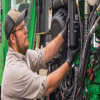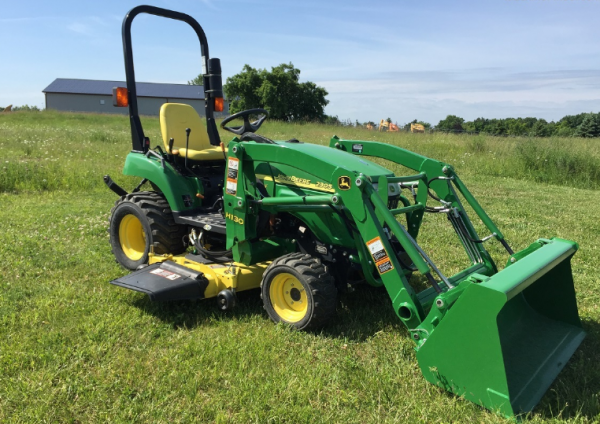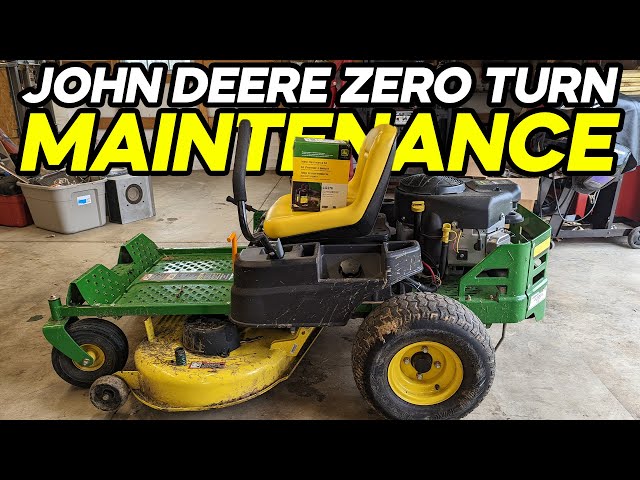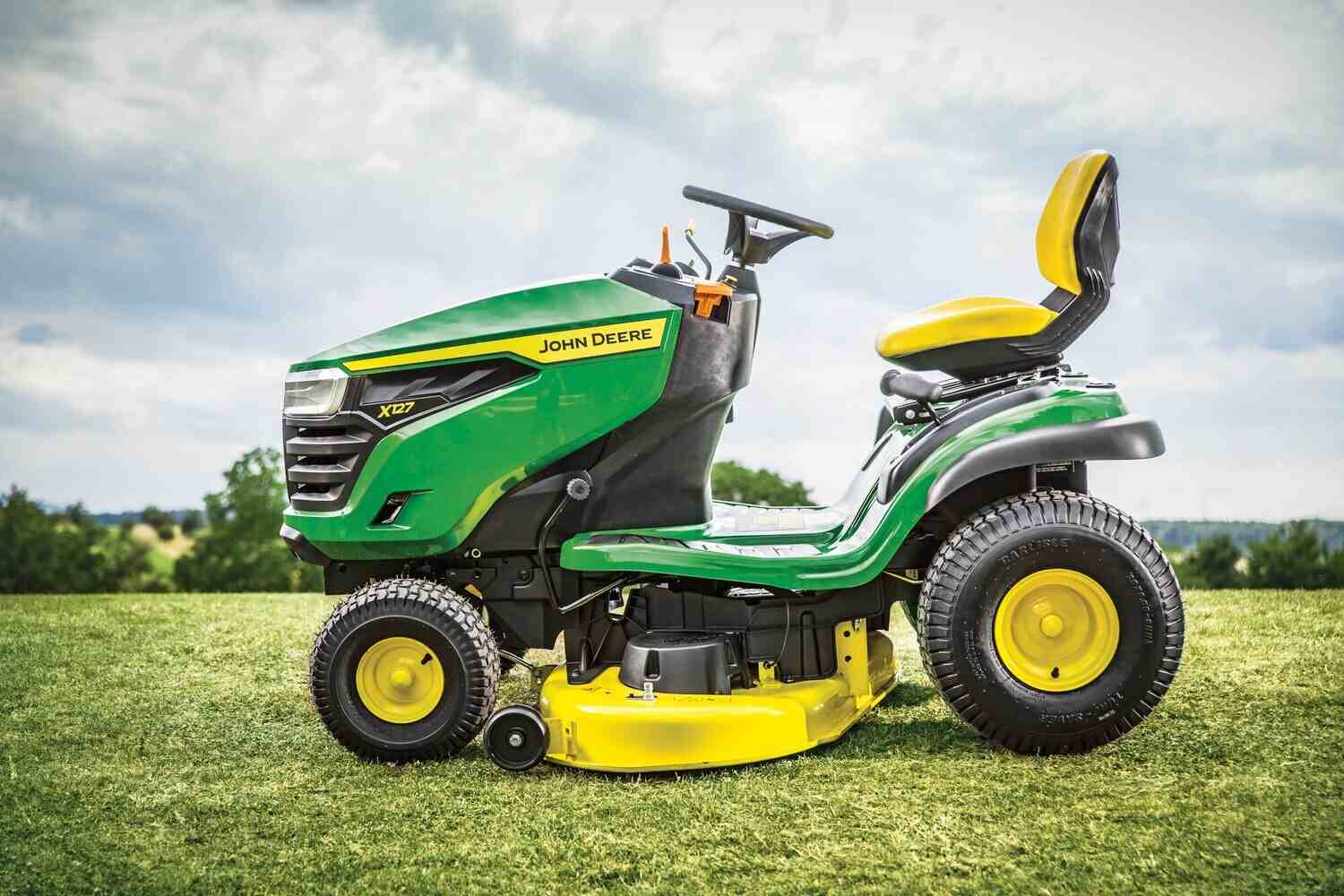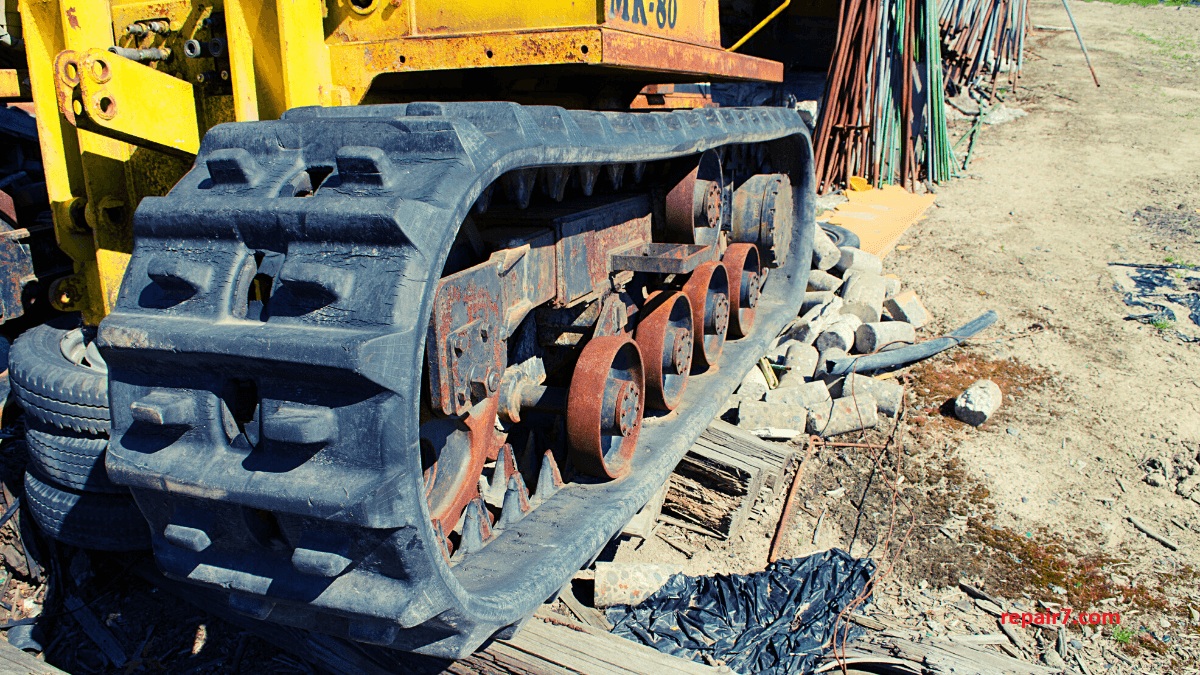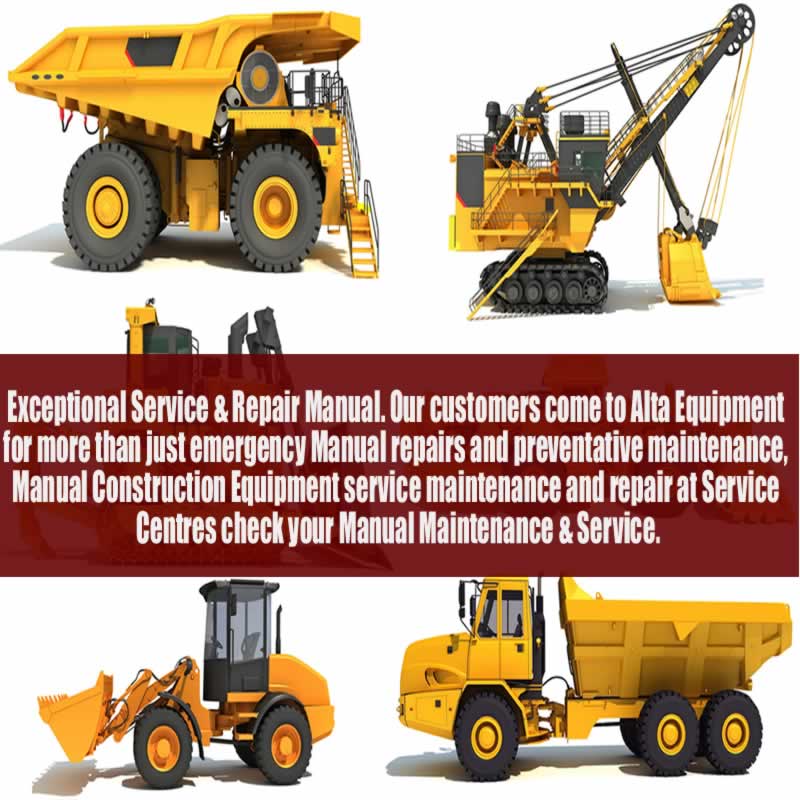Excavator and Tractor Maintenance Checklist: How to Prevent Costly Repairs and Maximize Performance
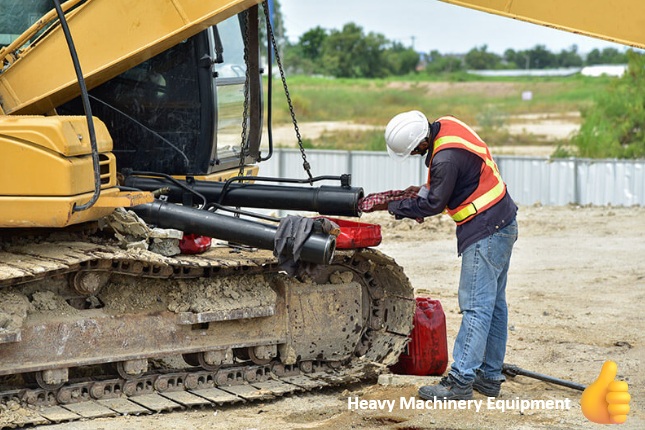
Strong 8k brings an ultra-HD IPTV experience to your living room and your pocket.
Excavator and Tractor Maintenance Checklist: How to Prevent Costly Repairs and Maximize Performance
Download Excavator and Tractor Maintenance Manual, Heavy Machinery Equipment Service Manual. Maintaining excavators and tractors in peak condition is crucial for ensuring long-term performance, efficiency, and profitability. A well-structured maintenance checklist prevents unexpected breakdowns and helps extend the life of your heavy machinery. In this guide, we’ll cover a comprehensive excavator and tractor maintenance checklist, detailing preventive steps that safeguard your investment and keep your equipment working at full power.
Why Regular Maintenance Is important for Excavators and Tractors
Every piece of heavy equipment—be it an excavator, backhoe, or tractor—represents a significant investment. Regular maintenance reduces downtime, repair costs, and component failure. Routine inspections also identify early signs of wear and tear, helping avoid major system breakdowns that could result in thousands of dollars in repairs and weeks of lost productivity.
Neglecting maintenance doesn’t only shorten machine life—it can lead to safety hazards, fuel inefficiency, and poor hydraulic performance. By implementing a preventive maintenance checklist, operators ensure optimal reliability and performance.

Daily Maintenance Checklist for Excavators and Tractors
1. Visual Inspection Before Operation
-
Check for leaks, cracks, or loose bolts on the body and attachments.
-
Inspect hydraulic hoses, fuel lines, and electrical connections.
-
Look for oil spots or coolant drips under the machine—these indicate early-stage leaks.
2. Check Fluid Levels
-
Engine oil: Ensure the oil is clean and at the recommended level. Dirty oil can damage internal engine parts.
-
Hydraulic fluid: Maintain proper fluid levels to ensure smooth operation of hydraulic cylinders and arms.
-
Coolant: Prevent overheating by ensuring coolant levels are within specifications.
-
Transmission and brake fluids: Keep all fluids topped up and uncontaminated.
3. Inspect Air and Fuel Filters
-
Clean or replace air filters daily if operating in dusty conditions.
-
Replace fuel filters at recommended intervals to maintain efficient combustion and prevent engine stalling.
4. Check Tire and Track Condition
-
For tractors: Verify tire pressure and tread depth; uneven wear may indicate alignment issues.
-
For excavators: Inspect rubber or steel tracks for tears, cracks, or excessive wear.
-
Ensure track tension meets manufacturer specifications.
5. Battery and Electrical System
-
Check battery terminals for corrosion and ensure secure connections.
-
Inspect lights, sensors, and dashboard indicators for functionality.
6. Lubrication
-
Grease all pivot points, pins, and bushings daily or after every 10 hours of operation.
-
Use the manufacturer-recommended grease type to avoid contamination or part damage.
Weekly Maintenance Tasks
1. Hydraulic System Inspection
-
Examine hydraulic cylinders for leaks or scoring.
-
Inspect hoses and fittings for wear or looseness.
-
Replace damaged seals or fittings immediately to avoid fluid loss and system pressure drops.
2. Engine and Exhaust Check
-
Inspect fan belts for fraying or slackness.
-
Clean debris from radiators and air intakes to maintain cooling efficiency.
-
Check exhaust systems for blockages or excessive smoke—indicators of poor combustion or clogged filters.
3. Undercarriage Maintenance
-
Clean the undercarriage to remove mud, rocks, and debris that may wear down moving components.
-
Check for loose bolts and damaged rollers.
-
Regular cleaning prevents premature wear on the drive system and improves traction.
4. Safety Equipment Inspection
-
Verify that horns, lights, alarms, and fire extinguishers are in working order.
-
Ensure seat belts, mirrors, and ROPS (Roll-Over Protection Systems) are intact.
Monthly and Periodic Maintenance
1. Engine Service
-
Change engine oil and oil filter as per the manufacturer's interval (typically every 250 hours).
-
Check for metal shavings in oil filters—an early warning of internal engine wear.
-
Inspect the fuel injection system for leaks or irregularities in fuel pressure.
2. Cooling System Maintenance
-
Drain and replace coolant as recommended.
-
Clean radiator fins and check for corrosion or blockages.
-
Inspect water pump and thermostat for proper function.
3. Transmission and Drive Components
-
Change transmission oil periodically.
-
Inspect clutch operation, drive shafts, and differentials for noise or vibration.
-
Grease U-joints and axle fittings to prevent premature wear.
4. Structural and Frame Integrity
-
Examine the boom, stick, and bucket on excavators for cracks or weld fatigue.
-
Check loader arms and three-point linkage on tractors for alignment and integrity.
-
Replace worn bushings and bolts to maintain proper fit and function.
Seasonal and Annual Maintenance Checklist
1. Comprehensive System Diagnostics
-
Run computer diagnostics to check sensors, ECU readings, and performance data.
-
Verify engine compression, hydraulic pressure, and battery voltage.
-
Record machine hours and update maintenance logs.
2. Filter and Fluid Overhaul
-
Replace air, fuel, hydraulic, and cabin filters at least once per year.
-
Perform a complete fluid change, including hydraulic oil, coolant, and brake fluids.
3. Calibration and Software Updates
-
For modern excavators and tractors with electronic controls, update machine software and recalibrate sensors.
-
Ensure all control levers and joysticks are responding accurately.
4. Inspection of Attachments
-
Examine buckets, blades, augers, and grapples for wear and proper mounting.
-
Sharpen cutting edges or replace worn teeth to maintain operational efficiency.
Best Practices to Extend Equipment Life
-
Follow Manufacturer Guidelines: Always refer to the operator’s or service manual for proper maintenance intervals and specifications.
-
Use Genuine Parts and Fluids: Counterfeit or non-OEM components can lead to system damage.
-
Train Operators Properly: Skilled operators handle machinery more efficiently and reduce wear and tear.
-
Maintain a Maintenance Log: Track service dates, repairs, and part replacements to plan predictive maintenance.
-
Store Equipment Properly: When idle, park in a covered, dry area to prevent rust, corrosion, and UV damage.
Note: IndiBlogHub features both user-submitted and editorial content. We do not verify third-party contributions. Read our Disclaimer and Privacy Policyfor details.



